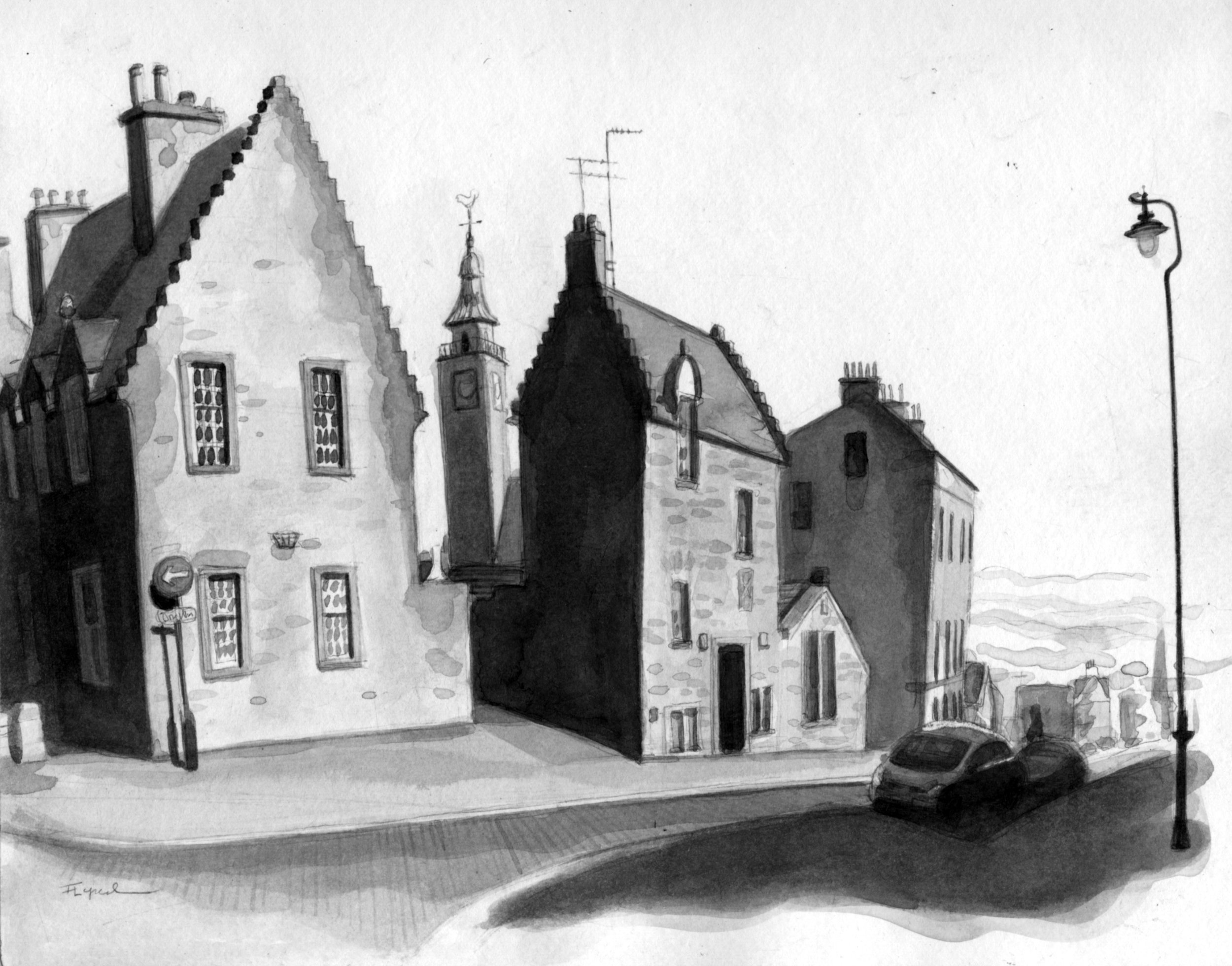My earliest ancestor in North America was Edward Colborne who sailed to the New World from England with his brother Robert on the ship Endeavor in 1635. He landed in Boston and settled in Ipswich, Massachusetts, taking a job as a farmer for the wealthy Saltonstall family.
I was excited to find that this beautiful house, known as the Whipple House, was a former home of Nathaniel Saltonstall. Drawing this beautiful “First Period” colonial home, I imagined my immigrant ancestor as a probable visitor here (no house of Edward Colborne remains).
Too bad I was wrong. Further research revealed that this house was built in 1677, after Edward had moved on to Dracut, Massachusetts in 1673. On top of that, this house was never a Saltonstall house at all, and it was moved here from the other side of the river in 1927. A small consolation is that the Saltonstalls did live quite close to this spot, so Edward Colborne did at least walk around here. The lesson: research twice - draw once.













